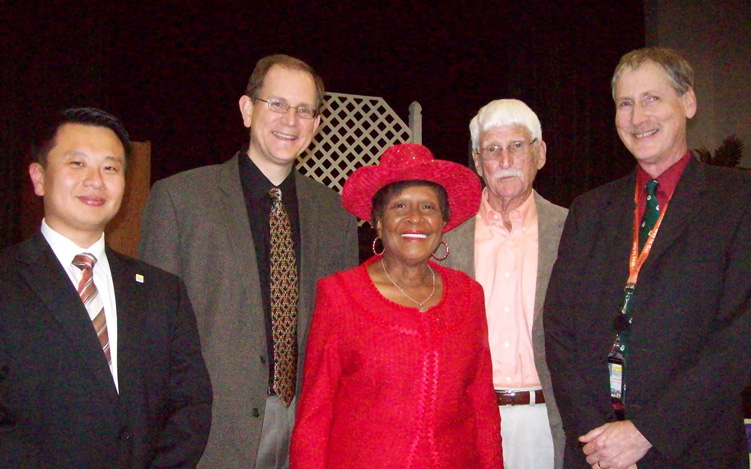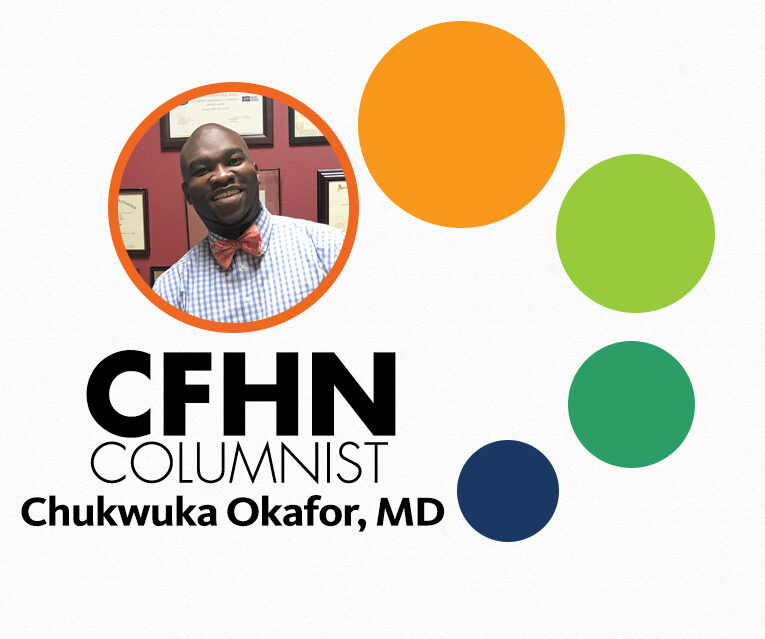
Health News
Features
-
Healthy Cook: The disease-fighting properties of red foods
Roses are red Berries are blue Red foods tastes good And are heart-healthy, too. There are only a few days of the year when a writer can get that corny, and who am I to pass up the chance? But it’s true. Lots of red foods are good for the heart because of what they…
-
Pop Quiz: Is your teen at risk for dating violence?
A light push… A condescending statement… They may be just innocent moves by a person, but these could be telltale signs of teen dating violence. Is your teen at risk for being in such a relationship? Take our quiz to learn more about noticeable signs of teen dating violence, and what you can do as…
-
Making African-American history in Polk
Alice Manley: A lifetime of service (above) Alice Manley stands with four generations of directors for the health department. From left to right: Dr. Ulyee Choe (November 2012-Present); Dr. Daniel Haight (July 1996-November 2012); Dr. William F. Hill (January 1967-June 1985); and Dr. Kevin Sherin (July 1988-October 1993). Photo courtesy of the Florida Department of…
Columns
-
Myopia Control in the COVID-19 Era
My weekends are admittedly different now. Before my weekends were filled with time spent with friends, in person, but now they are Zoom calls, Brady Bunch style. We hosted our game night online, and we chat while we bake or make dinner. Even at our practice, we are utilizing the ability to work remotely, and…
-
Journey from Initial Opioid Use ???? Opioid Dependence ???? Addiction
There are 16 ounces in 1 pound; but it is true today, as it was when Benjamin Franklin stated that “an ounce of prevention is worth a pound of cure.” A little precaution to avoid/prevent an undesirable condition is preferable to developing a long-term negative situation and dealing with its potential consequences. If you consume…
-
Atrial Fibrillation: What You Need to Know
Atrial fibrillation is an irregular rhythm from the upper part of the heart. It is the most common cardiac arrhythmia. Incidence increases with advancing age, with 1 out of 5 over the age 85 having it. It appears this originates due to spontaneous discharges from pacemaker cells in the pulmonary veins at the point where…





